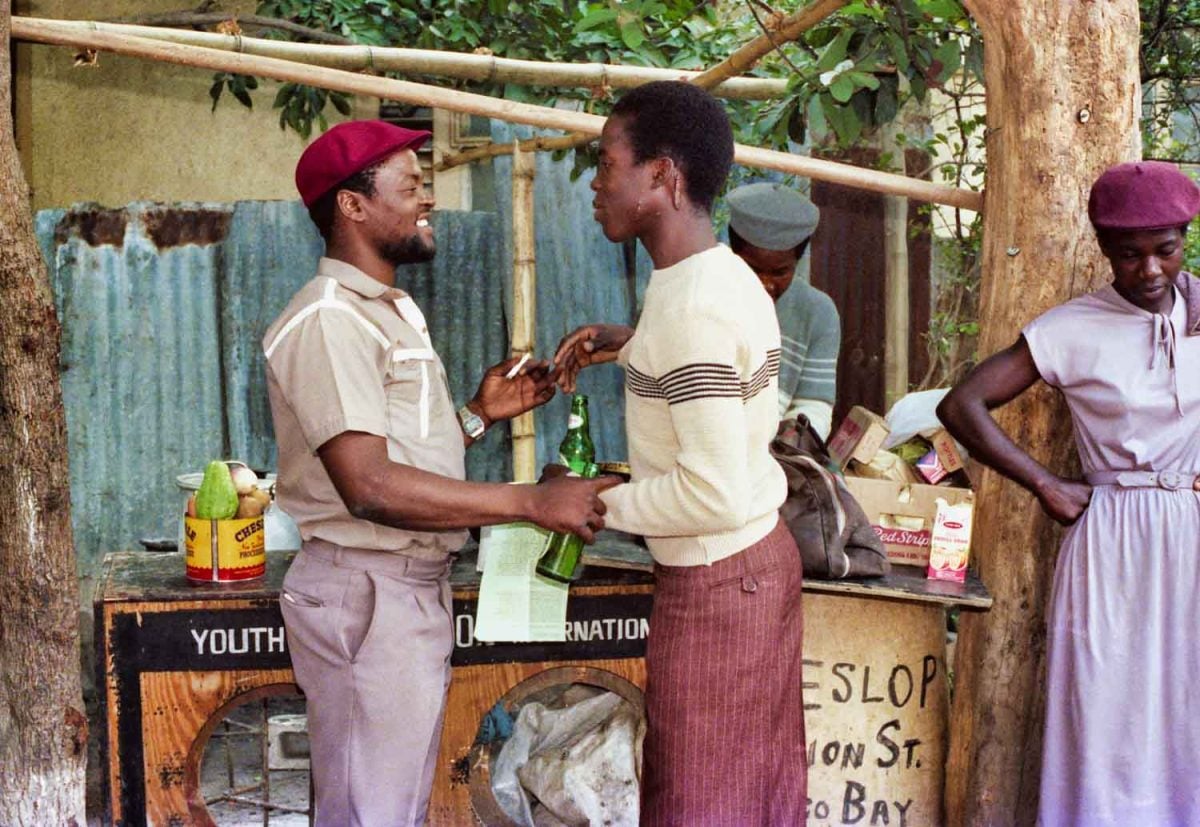The Secret Behind Tenor Saw’s Mature-Sounding Voice

The late Dancehall legend Tenor Saw had revealed the secret behind his mature-sounding voice, which many often mistook for that of an older man but which influenced the sounds of many artists, including Lady Saw.
In a radio interview he did as a teenager, the host asks Saw his age and then marvels at the fact that his voice sounded so mature.
“I expected somebody old. I expected somebody about 30,” the interview had told the Pumpkin Belly artist.
“Everybody weh si mi first, dem always seh dat, seh mi voice bigger dan me. But mi just have a mature tone, yuh know weh mi mean?” Saw had explained.
“Mi really born wid dat voice. From mi start (music), it’s been that way. A neva suppm mi practice and develop; from mi start singing it was like dat,” the soft-spoken singer had added.
Tenor Saw’s mentor, the late Sugar singer/producer Lincoln ‘Sugar’ Minott, in an interview with The Gleaner in 2008, had likened the singer’s voice to that of Italian operatic tenor Luciano Pavorotti. He said the Payne Land native’s vocals were unlike any placed on a ‘riddim.’
“The voice was so powerful, something that come from the church, like a Pavarotti kinda thing,” Minott had said. “He was serious about his work and getting paid, and he always tried to sing songs of consciousness, there was always a message… There was an anger about him, I figured that was his struggle coming up.” Minott added then.
Producer George Phang, whose Powerhouse label recorded Roll Call , Tenor Saw’s first song back in 1984, had also recounted in an interview the first time he met the singer at Dynamic Sounds in St Andrew. According to Phang, Tenor had approached him and said he wanted to record a song but that nobody wanted to record him.
Phang said he gave Tenor the microphone to show what he could do, and the rest was history.
“When the little youth start sing, his voice was bigger than him… it hold mi. The whole studio start cheer,” he had said.
In a July 2010 interview with The Believer Magazine, Lady Saw — in affirming that she assumed her stage name off of Tenor Saw’s — had said she adored the singer, who lived in the same community Kingston 13.
“I loved Tenor Saw… I used to go watch Tenor Saw even when I didn’t have any money, through a crack in the zinc fence, enjoy his performance that way,” Lady Saw, whose given name is Marion Hall, had said.
“He had that melodic style, you know: ‘Ring the Alarm’. And at the start I tried to sound just like him. I was all about Tenor Saw. But I caught on pretty early that the way to making it is to be original. And so I came up with my own sound, my own style—more aggressive and raw, more aggressive than any other female,” she had explained.
Tenor Saw’s Dancehall care-er lasted only four years.
On July 31, 1988, the 21-year-old was seriously injured in a hit-and-run accident in Houston, Texas. He succumbed to his injuries two weeks later, DancehallMag revealed on December 2 after obtaining police reports, the medical examiner’s autopsy report, and death certificate. The driver was never found.
Revered as one of Dancehall’s most influential and unique singers, Tenor Saw, whose given name was Clive Bright, was born December 2, 1966, in Kingston.
The fourth of six children, he spent his formative years in Payne Land, Maverley and Olympic Gardens, and, like many Jamaican artists, honed his singing skills in the church.
Among the series of hits he recorded in his short life were Pumpkin Belly, Lots of Sign, Fever and Run Come Call Me, as well as his iconic 1985 hit, Ring the Alarm , which was voiced on the Stalag rhythm for producer Winston Riley’s Techniques label in 1985.

